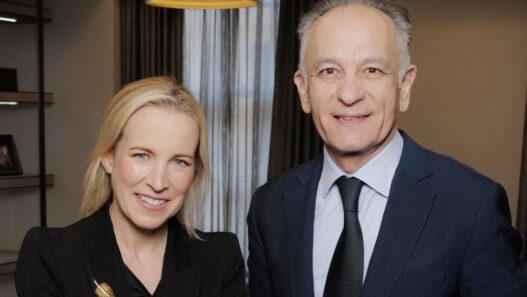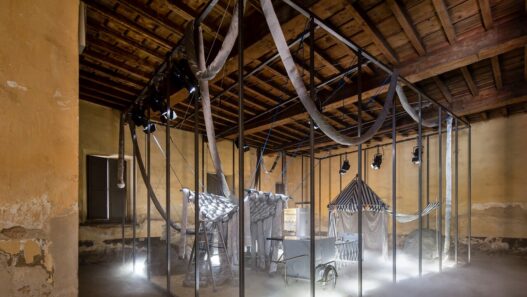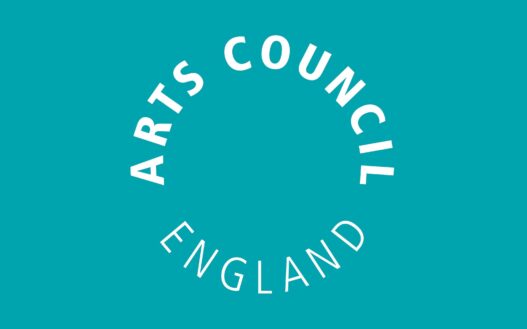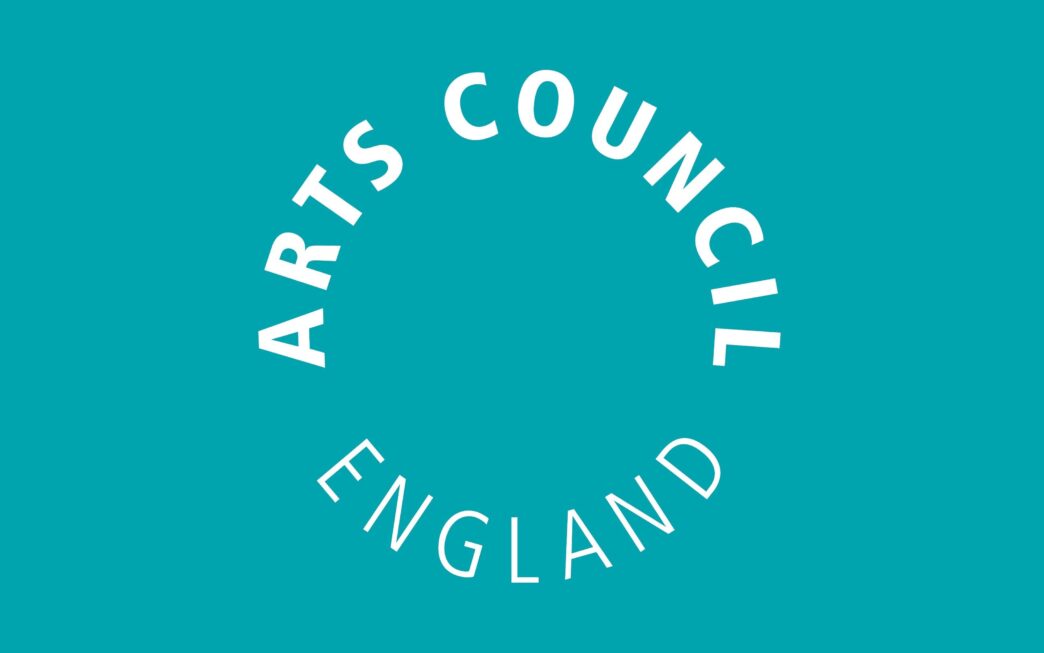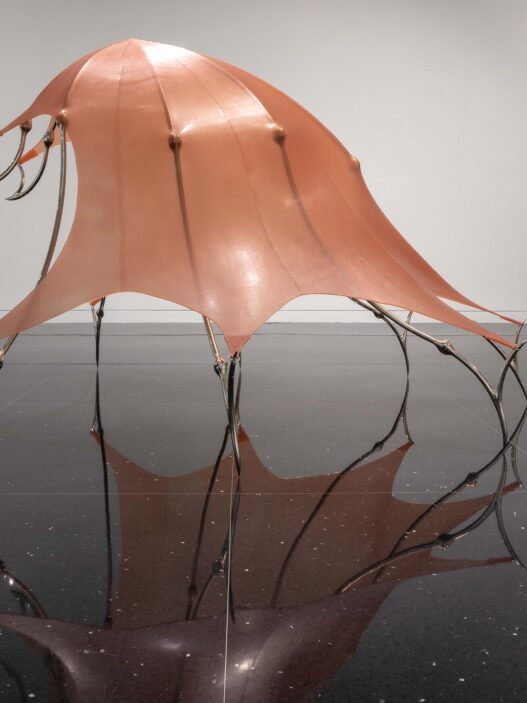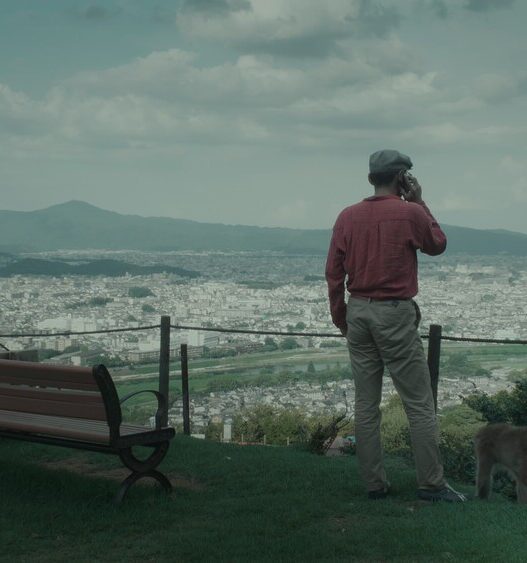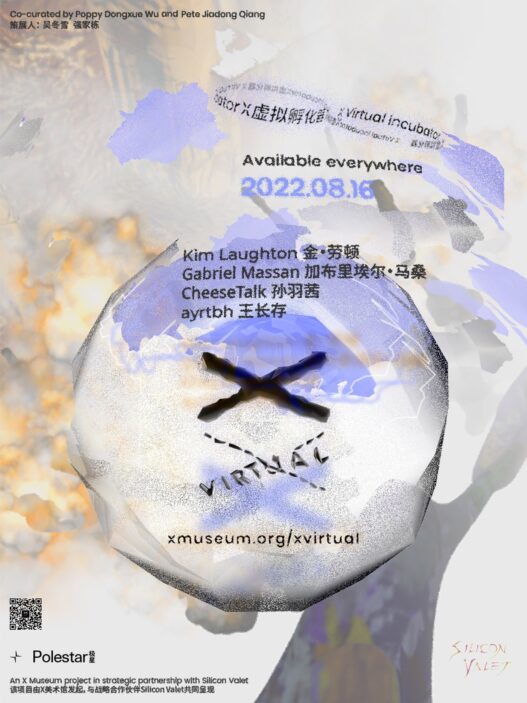The restitution and repatriation guidelines for English museums were published by Arts Council England. Restitution and Repatriation: A Practical Guide for Museums in England provides recommendations, examples of best practices, and case studies for the museum industry, assisting organizations in acting responsibly and kindly in the face of requests for the return of collection items. It replaces earlier advice on the subject that the Museums and Galleries Commission had published in 2000.
Arts Council England received assistance from the Institute of Art & Law (IAL) in creating the new guidelines. The document’s composition takes into account current advancements in the field, both domestically and abroad, and bases its methodology on the three fundamental principles of openness, cooperation, and justice.
The instructions are broken down into two main sections: “Getting started,” which deals with issues that arise before a request or claim has been received, and “Working through a claim,” which addresses the phases that arise after receiving a claim. In accordance with the first component, museums must get ready by carrying out the necessary provenance research, publishing the results online, and having a transparent, simple restitution and repatriation policy.
In the second section, the stages of working through a claim are set out. They are:
- Stage 1 – Developing better understanding of the object(s), the parties and the possible need to involve third party stakeholders
- Stage 2 – Working through the formal claim, including information sharing, record keeping and communications
- Stage 3 – Assessing the claim based either on legal or ethical factors, namely: (1) The significance of the object to the claimant, (2) How the object was removed from its place of origin or from a past owner, (3) How the museum has engaged with the object and (4) Who is raising the claim (see Flowchart at p 17)
- Stage 4 – Implementing the outcomes, which can include transfer of ownership, loan, rights of access or control, joint legal ownership or no change.
Four brief case studies are included in the guidance to help illustrate some of the above steps. These include a project for building relationships and trust around African collections (p 5), the recovery of a Torah scroll by the Jewish community of Cornwall (p 15), the Cambridge Museum of Archaeology and Anthropology’s assessment of a claim for the Gweagal Spears, which did not result in restitution, but nevertheless resulted in major loans to the country of origin (p 18), and the return of Chief Crowfoot’s regalia by the Royal Albert Memorial Museum to the Siksika Nation of Canada (p 19).
A template policy on restitution and repatriation for institutions, an outline of the pertinent international and national legal instruments and other important advice materials, and an outline of the legal structures of UK museums are all included in the guidance as helpful Appendices (including any legal restrictions on disposals).
Although the new recommendations are geared toward English museums, institutions all around the UK and even beyond can follow the guiding principles.


